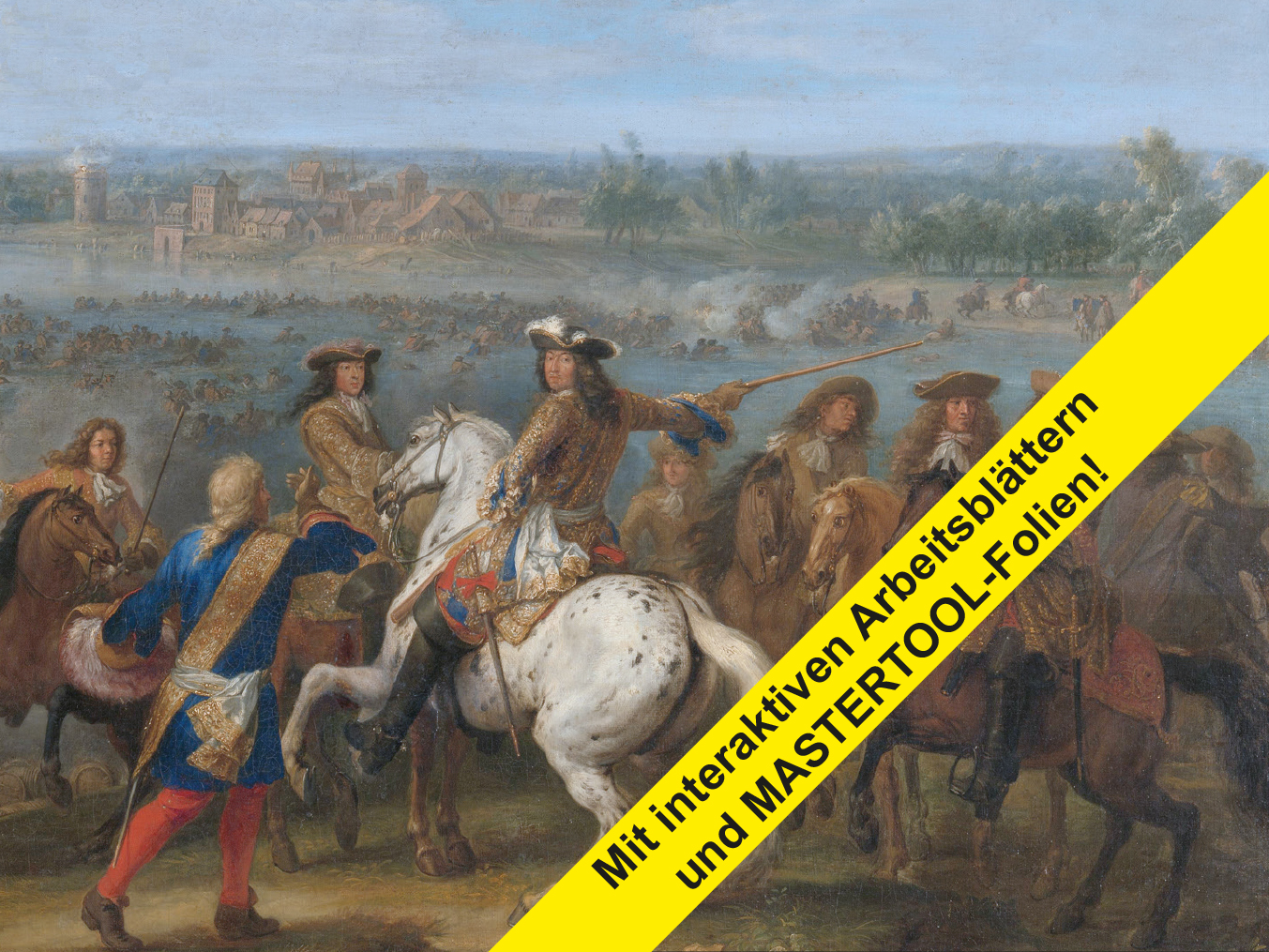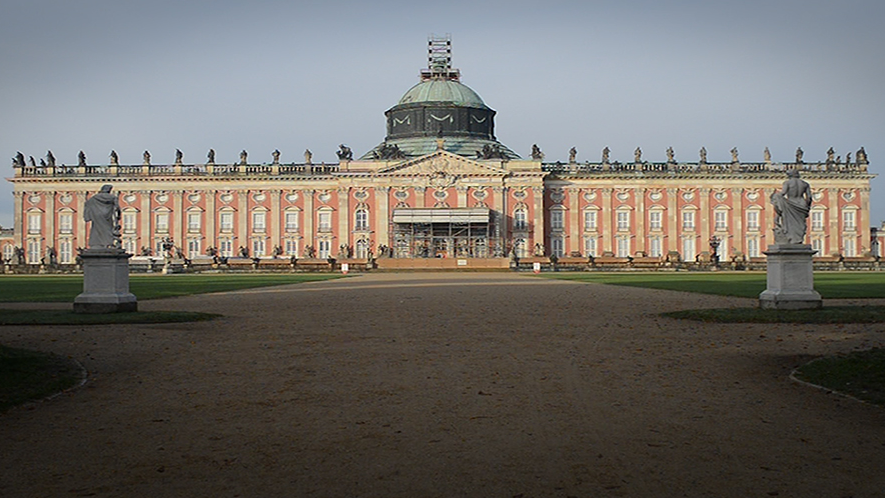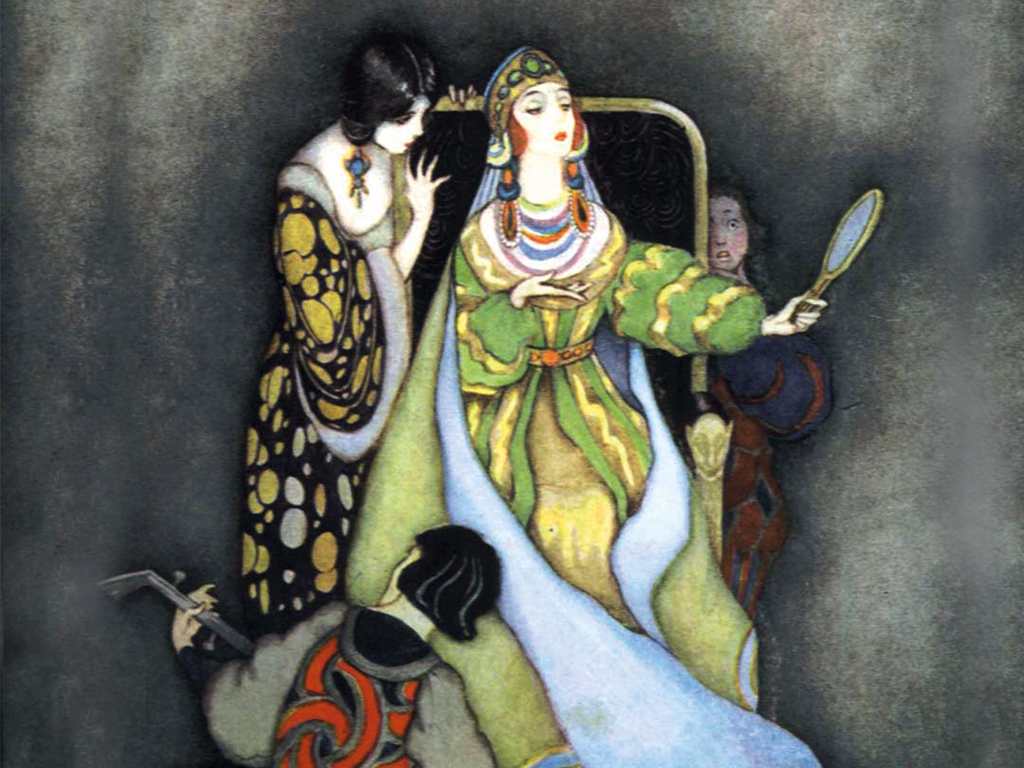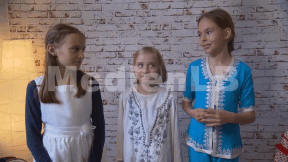 History
History

4669636 / 5560313
Rulers, States, Regimes
European State Formation between 1560 and 1789
About 150 years lie between the creation of these pictures: on the one hand, the absolute ruler of France Louis XIV, who reigned from 1643 to 1715 and on the other hand, George Danton and Maximilien Robespierre, two distinguished representatives of the French Revolution after 1789, who decided the fate of France. What had happened that the leaders of their country had themselves represented in such different ways? Here the radiant, glorious prince, clothed in precious robes, in front of a legendary background – there the plainly dressed men at their desks with pen and ink as attributes of the educated citizen.
Play trailer
Curriculum-centred and oriented towards educational standards
Matching
Internet Addiction
The film consists of two parts. The first part is the 15-minute short film “In the Net”. It describes the problem of excessive Internet use in a humorous way, in particular the risk of losing touch with reality when chatting. The second part illustrates with three real persons how Internet addiction can develop and the problems encountered by those who are afflicted. The authentic statements are commented by an experienced therapist. For many pupils, the issues addressed here are related to their everyday lives. What is a “sensible” use of the Internet, where does pathological addiction start? In contrast to addiction to alcohol, nicotine or drugs, the public seems to be largely ignorant of the problem of this addiction, which is not related to any substance abuse. The film provides material for discussion in the classroom (crossdisciplinary) and can be used as a basis for the formulation of prevention strategies.
Blogging
The weblog or blog, for short, as a medium is not much older than this century. Blogs came into being in the World Wide Web as ’messages from below’, as web pages from web creators who wanted to share their view of the world with the world. They are short notes, long texts, pictures, videos, which are posted loosely and at random intervals to the world for an undefined public.









